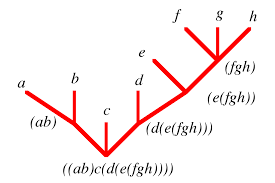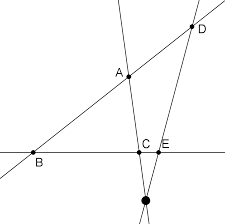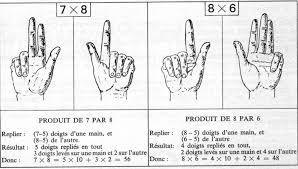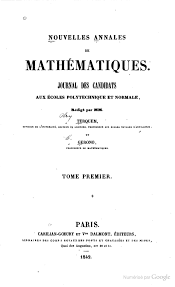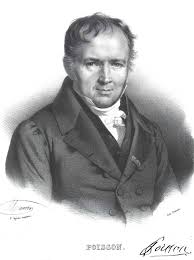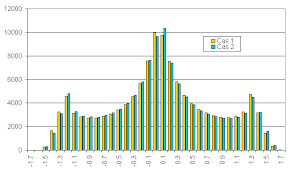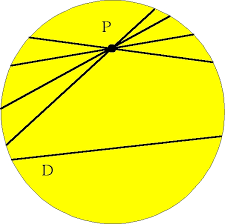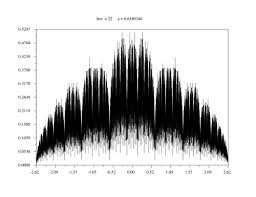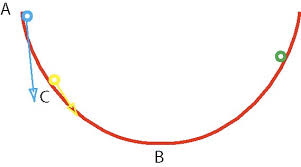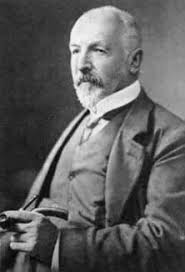10/08/2017
e (Euler's Number) - Numberphile
Free trial at The Great Courses Plus: http://ow.ly/tKWt306Gg7a Dr James Grime discusses "e" - the famed Euler's Number. More links & stuff in full description below ↓↓↓ A bit extra from this video: https://youtu.be/uawO3-tjP1c More James Grime videos from Numberphile: http://bit.ly/grimevideos Support us on Patreon: http://www.patreon.com/numberphile NUMBERPHILE Website: http://www.numberphile.com/ Numberphile on Facebook: http://www.facebook.com/numberphile Numberphile tweets: https://twitter.com/numberphile Subscribe: http://bit.ly/Numberphile_Sub Numberphile is supported by the Mathematical Sciences Research Institute (MSRI): http://bit.ly/MSRINumberphile Videos by Brady Haran Brady's videos subreddit: http://www.reddit.com/r/BradyHaran/ Brady's latest videos across all channels: http://www.bradyharanblog.com/ Sign up for (occasional) emails: http://eepurl.com/YdjL9 Numberphile T-Shirts: https://teespring.com/stores/numberphile Other merchandise: https://store.dftba.com/collections/n...
20:15 Publié dans Euler | Lien permanent | Commentaires (0) |  |
|  del.icio.us |
del.icio.us |  |
|  Digg |
Digg | ![]() Facebook
Facebook
e to the pi i for dummies
20:13 Publié dans Pi | Lien permanent | Commentaires (0) |  |
|  del.icio.us |
del.icio.us |  |
|  Digg |
Digg | ![]() Facebook
Facebook











